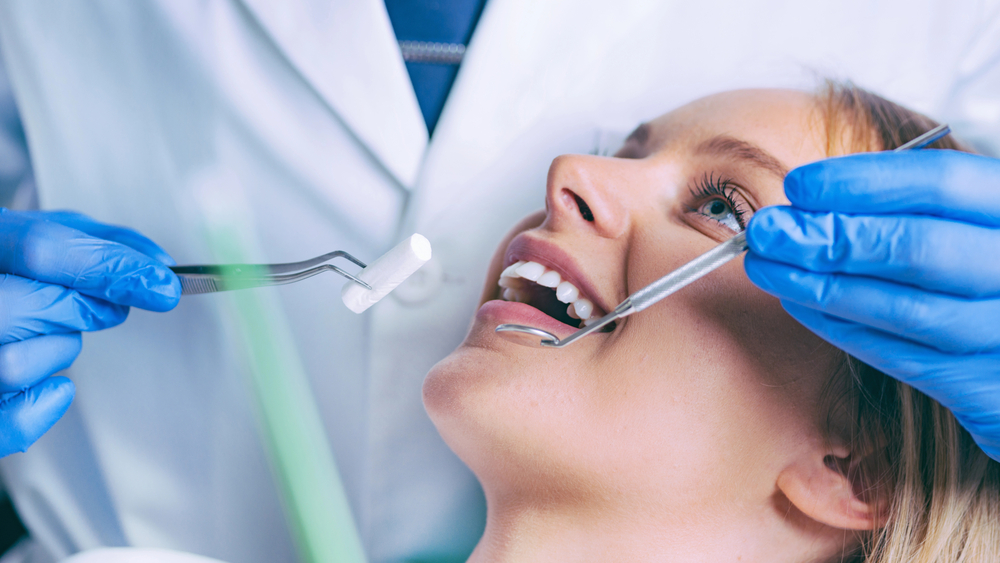In recent years, dentistry has undergone a remarkable transformation with the integration of cutting-edge technologies. While these innovations have significantly improved patient care, they’ve also opened the door to a more sustainable and environmentally friendly approach to oral healthcare. The adoption of digital tools in dental practices is not only revolutionizing treatment methodologies but also contributing to a paradigm shift toward regenerative and sustainable dentistry. By reducing waste, enhancing efficiency, and promoting precision, digital dentistry aligns perfectly with the growing demand for eco-conscious healthcare solutions.
The Environmental Challenge in Traditional Dentistry
Traditional dentistry often involves materials and processes that generate significant waste. For example, physical impressions require single-use plastics, alginate, and other materials that are discarded after a single use. Similarly, outdated imaging technologies like film X-rays contribute to chemical waste due to the development process. Moreover, shipping physical molds and other dental products between labs and clinics involves packaging and transportation emissions, further increasing the environmental footprint of conventional dental practices.
These challenges underscore the urgent need for sustainable practices in dentistry. Enter digital dentistry: a comprehensive approach that leverages advanced technologies to minimize waste while improving patient outcomes.
Digital Smile Design: Transforming Aesthetic Dentistry
One of the most compelling advancements in digital dentistry is Digital Smile Design (DSD). This innovative technology enables dentists to create a highly personalized and precise treatment plan for patients seeking aesthetic improvements. By using digital imaging and computer-aided design, DSD allows clinicians to visualize and simulate the final results before initiating treatment.
Not only does this enhance patient satisfaction by aligning expectations, but it also eliminates the need for multiple trial-and-error physical prototypes. Traditional methods often require repeated adjustments and remakes of veneers or crowns, which generate excess waste. With DSD, these adjustments are handled digitally, reducing material consumption and cutting down on the energy and resources used during the manufacturing process. The result is a streamlined, waste-free approach to achieving a perfect smile.
3D Printing and CAD/CAM Technology: Revolutionizing Efficiency
Computer-Aided Design and Manufacturing (CAD/CAM) technology and 3D printing are at the forefront of sustainable dentistry. These tools enable dentists to create precise restorations such as crowns, bridges, and dentures in-house. Unlike traditional methods that rely on external dental labs, these technologies eliminate the need for shipping and packaging materials, drastically reducing carbon emissions.
Furthermore, 3D printing allows for the creation of dental products with minimal material waste. Traditional milling processes often result in significant material loss, as large portions of blocks are cut away to create the desired shape. In contrast, 3D printing is additive, meaning materials are only used where necessary. This approach not only reduces waste but also optimizes resource utilization, making it a cornerstone of regenerative and sustainable dentistry.
Intraoral Scanners: Reducing Single-Use Materials
Another game-changing digital tool in sustainable dentistry is the intraoral scanner. These devices replace the need for traditional impression materials by capturing highly accurate digital impressions of a patient’s teeth and gums. In addition to improving patient comfort, intraoral scanners eliminate the use of disposable trays and alginate materials, which are often discarded after a single use.
By transitioning to digital impressions, dental practices can significantly reduce their reliance on single-use plastics and other non-biodegradable materials. Additionally, digital impressions can be stored electronically, eliminating the need for physical storage space and reducing paper waste associated with traditional record-keeping.
Digital Workflows: Enhancing Efficiency and Reducing Carbon Footprints
Digital workflows in dentistry—from diagnosis to treatment planning—are inherently more efficient than traditional methods. For instance, digital X-rays not only provide superior imaging quality but also eliminate the chemical waste associated with film processing. Similarly, virtual consultations and teledentistry solutions reduce the need for patients to travel to clinics, cutting down on transportation-related emissions.
Moreover, digital systems enable seamless communication between dental professionals, laboratories, and patients. This level of coordination reduces delays and ensures that treatments are completed more quickly and accurately, minimizing the need for repeat procedures. By embracing these digital workflows, dental practices can significantly reduce their environmental impact while delivering faster and more effective care.
Aligning with Regenerative and Sustainable Dentistry
The concept of regenerative and sustainable dentistry goes beyond waste reduction; it emphasizes the importance of restoring and maintaining oral health in a way that benefits both patients and the planet. Digital tools play a pivotal role in achieving this vision by promoting precision and preventing overtreatment.
For example, advanced diagnostic tools powered by artificial intelligence (AI) can detect oral health issues at an early stage, allowing for minimally invasive treatments. This reduces the need for extensive restorative procedures, which often involve energy-intensive processes and non-biodegradable materials. Additionally, digital records and monitoring systems enable long-term preventive care, ensuring that patients maintain their oral health without unnecessary interventions.
A Greener Future for Dentistry
As the world becomes increasingly conscious of environmental sustainability, dental practices must adapt to meet these expectations. By integrating digital tools and workflows, the dental industry can move toward a greener future that prioritizes both patient outcomes and planetary health.
From Digital Smile Design to 3D printing, the advancements in digital dentistry are paving the way for a more sustainable and efficient approach to oral healthcare. These innovations not only reduce waste and carbon footprints but also enhance the overall patient experience. As regenerative and sustainable dentistry continues to evolve, the integration of digital technologies will undoubtedly play a central role in shaping the future of the profession.
In conclusion, digital dentistry represents a win-win solution: better care for patients and a more sustainable approach to healthcare. By embracing these tools, dental professionals can lead the charge toward a greener, more responsible future for the industry.

